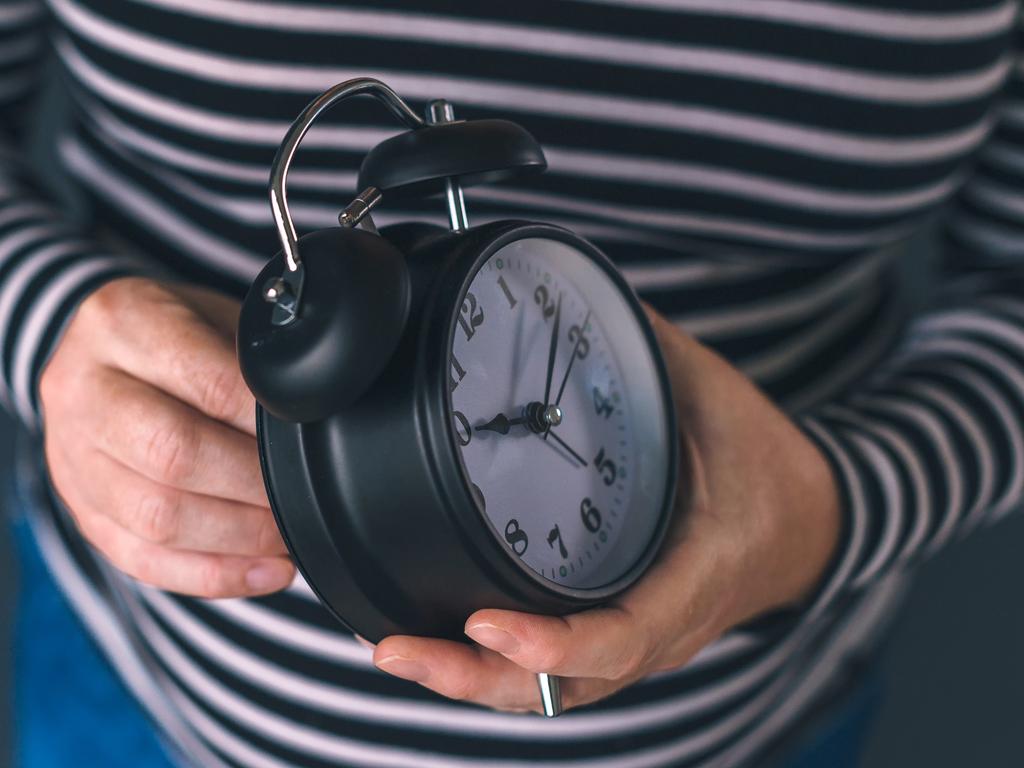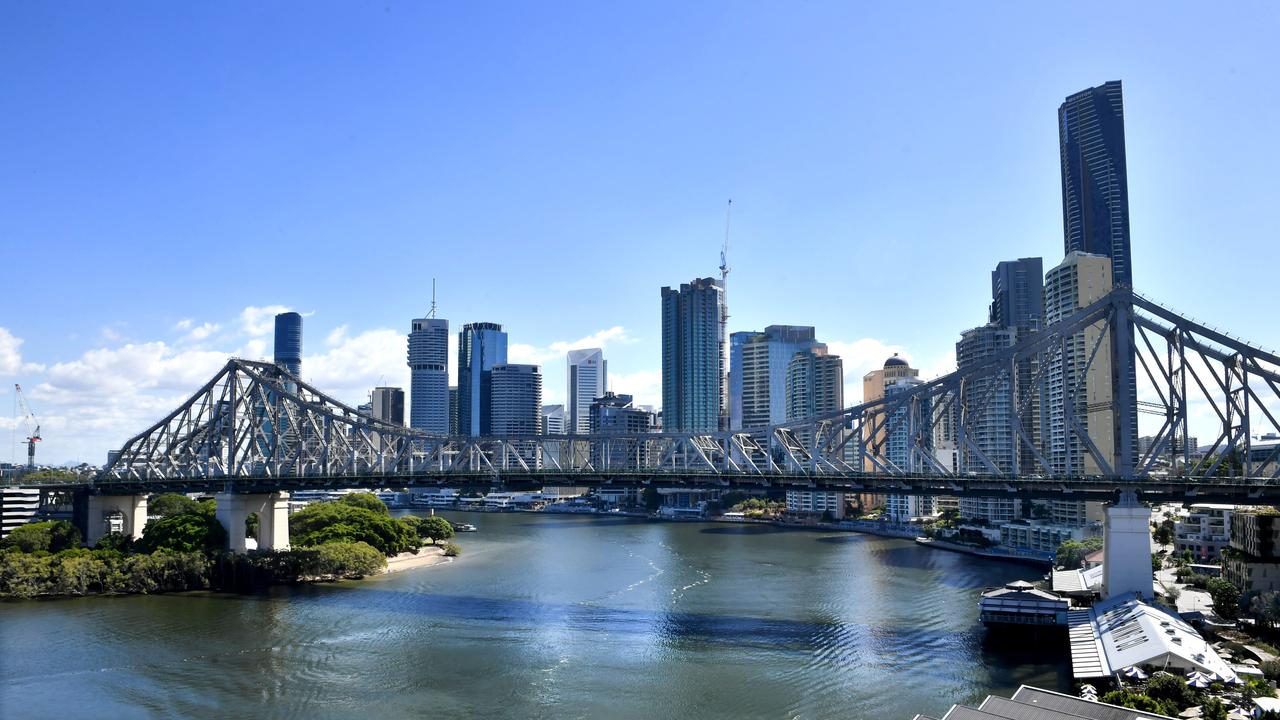‘It doesn’t make sense’: Expert calls to end daylight saving
A leading expert has called for an end to a move made by the majority of Australians every year, saying it “doesn’t make sense anymore”.

An expert has called to end daylight saving, claiming that turning back the clocks twice a year “doesn’t really make sense anymore”.
Speaking with 3AW’s Drive with Tom Elliott, chronobiologist and Monash University associate professor Sean Cain said the time shift can have negative impacts on your health.
“Losing that hour is quite bad, but that’s not the only thing that’s bad. Being in daylight saving, the whole time you’re there is a little bit bad for you as well because everything’s out of synchrony with the light-dark cycle,” he told the radio program.
“The transitions are annoying, absolutely, but if you go full daylight saving time all the time, at some times of year you’re going to be waking up way before the sun.
“Your body’s screaming ‘go back to bed’. It’s not right, it’s very unhealthy.”

The professor said the reason daylight saving began – as a way to conserve energy – “doesn’t really make sense anymore”.
“There have been studies looking at whether we get any energy savings out of this,” he said.
“And it’s not the case, it’s either no savings or maybe even slightly worse doing this.
“We should scrap it.”
The expert added that daylight saving increases the risk of heart attacks.
“Losing that hour of sleep, turning your clocks forward and you have to get up an hour earlier, there is an increased risk of car accidents and heart attacks,” he said.

This is not the first time Professor Cain has outlined the dangers of daylight saving.
Last year, the chronobiologist explained to news.com.au’s Have I Got News For You podcast that chronic illness, mental health often worsened when the clocks were changed.
He said this is due to the tinkering with the body’s circadian rhythms – which is your body’s natural sleep cycle.
“It is quite obvious to everyone why it‘s bad if it’s used year long,” he said.
“For one thing, you will see, more illness, more chronic illness, more sleep problems, more mental health problems where it is used. It‘s like having a little bit of jet lag everyday.“

Daylight saving was first introduced in Australia as a temporary measure during World War One and World War Two.
The practice was seen as a way of conserving energy and extending the working day during the war efforts.
Tasmania became the first state in Australia to make the move permanent in 1967.
By the early 70s Victoria, New South Wales, the ACT and South Australia had adopted daylight saving.
Queensland and Western Australia are the only states to not implement daylight saving.






